39 describing motion with position time graphs worksheet answers
Additional Learning. Expand your knowledge of position vs. time graphs by reviewing related lesson, Using Position vs Time Graphs to Describe Motion. The lesson includes these learning objectives ... The steeper the position time graph the faster the object is moving. Worksheets are describing motion with position time graphs motion graphs physics name unit 1d motion period unit 2 kinematics work 1 position time and description time graph position time graph velocity vs work for exploration compare position time distance vs time graph work.
c. Plot the graphs below . a. velocity – time graph for an object moving with a constant negative velocity. b. velocity – time graph for the entire trip of an object that is thrown from the ground reaches maximum height and falls back to the ground. c. distance - time graph for the scenario described in b.

Describing motion with position time graphs worksheet answers
Describing motion with graphs involves representing how a quantity such as the object's position can change with respect to the time. The key to using position-time graphs is knowing that the slope of a position-time graph reveals information about the object's velocity. By detecting the slope, one can infer about an object's velocity. A position-time graph for her motion is shown to the right. Describe the woman’s motion between 2 and 4 s..... 0% 0% 0% 0% 0% 1. Walking to the east at a constant speed. 2. Walking to the west at a constant speed 3. Walking to the east at an increasing speed 4. Walking to the west at an increasing speed 5. Cannot be determine Countdown 45 Motion can be described using words, diagrams, numerical information, equations, and graphs. Using diagrams to describe the motion of objects involves depicting the location or position of an object at regular time intervals. 1. Motion diagrams for an amusement park ride are shown. The diagrams indicate the positions of the
Describing motion with position time graphs worksheet answers. 6. Consider the position-time graphs for objects A, B, C and D. On the ticker tapes to the right of the graphs, construct a dot diagram for each object. Since the objects could be moving right or left, put an arrow on each ticker tape to indicate the direction of motion. 7. Consider the velocity-time graphs for objects A, B, C and D. Describing motion with graphs involves representing how a quantity such as the object's position can change with respe the time. The key to using position-time graphs is knowing that the slope of a position-time graph reveals information about the object's velocity. Motion can be described using words, diagrams, numerical information, equations, and graphs. Describing motion with graphs involves representing how a quantity such as the object's position can change with respect to the time. The key to using position-time graphs is knowing that the slope of a position-time graph reveals Motion can be described using words, diagrams, numerical information, equations, and graphs. Describing motion with graphs involves representing how a quantity such as the object's position can change with respect to the time. The key to using position-time graphs is knowing that the slope of a position-time graph reveals
Upward 12 Southward Upward Describing Motion with Position-Time Graphs Read from Lesson 3 of the 1-D Kinematics chapter at The Physics Classroom: ... Motion can be described using words, diagrams, numerical information, equations, and graphs. Using diagrams to describe the motion of objects involves depicting the location or position of an object at regular time intervals. 1. Motion diagrams for an amusement park ride are shown. The diagrams indicate the positions of the A position-time graph for her motion is shown to the right. Describe the woman’s motion between 2 and 4 s..... 0% 0% 0% 0% 0% 1. Walking to the east at a constant speed. 2. Walking to the west at a constant speed 3. Walking to the east at an increasing speed 4. Walking to the west at an increasing speed 5. Cannot be determine Countdown 45 Describing motion with graphs involves representing how a quantity such as the object's position can change with respect to the time. The key to using position-time graphs is knowing that the slope of a position-time graph reveals information about the object's velocity. By detecting the slope, one can infer about an object's velocity.

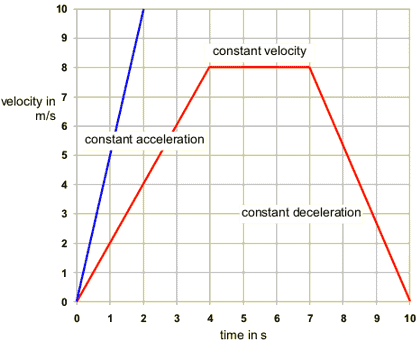
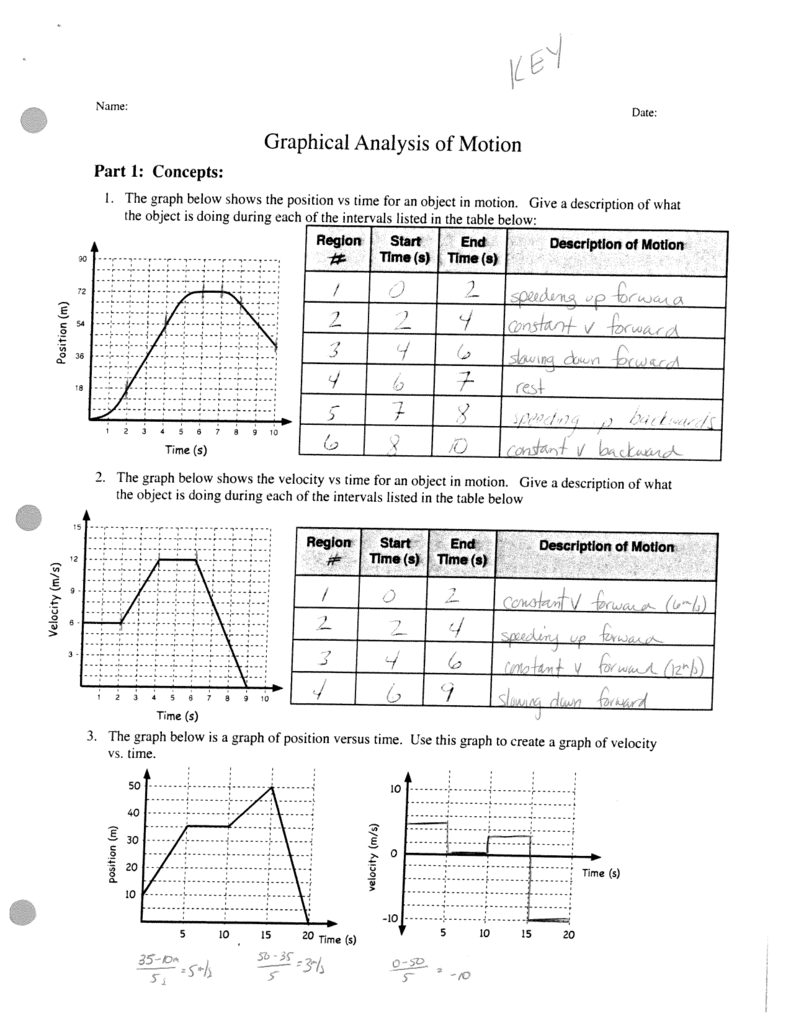

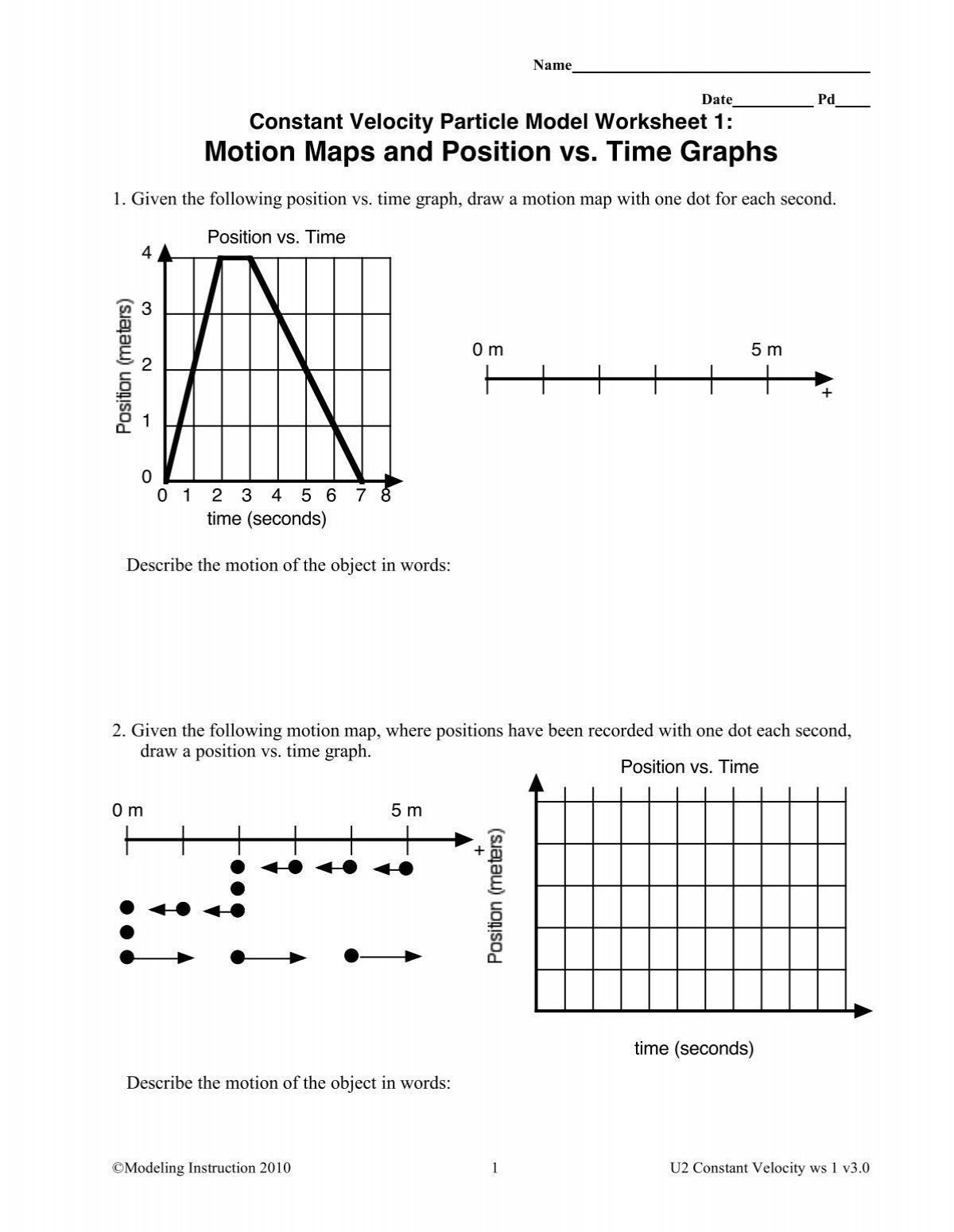

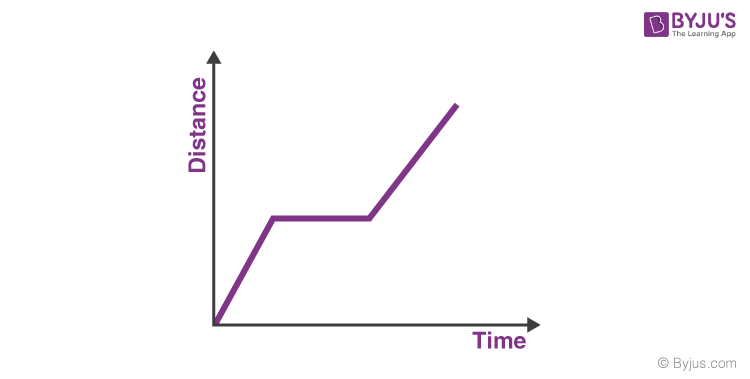
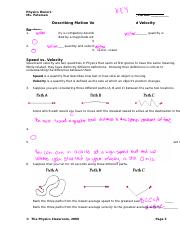

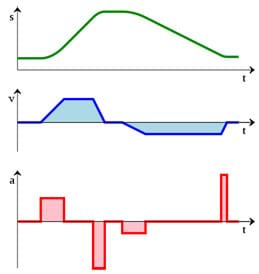
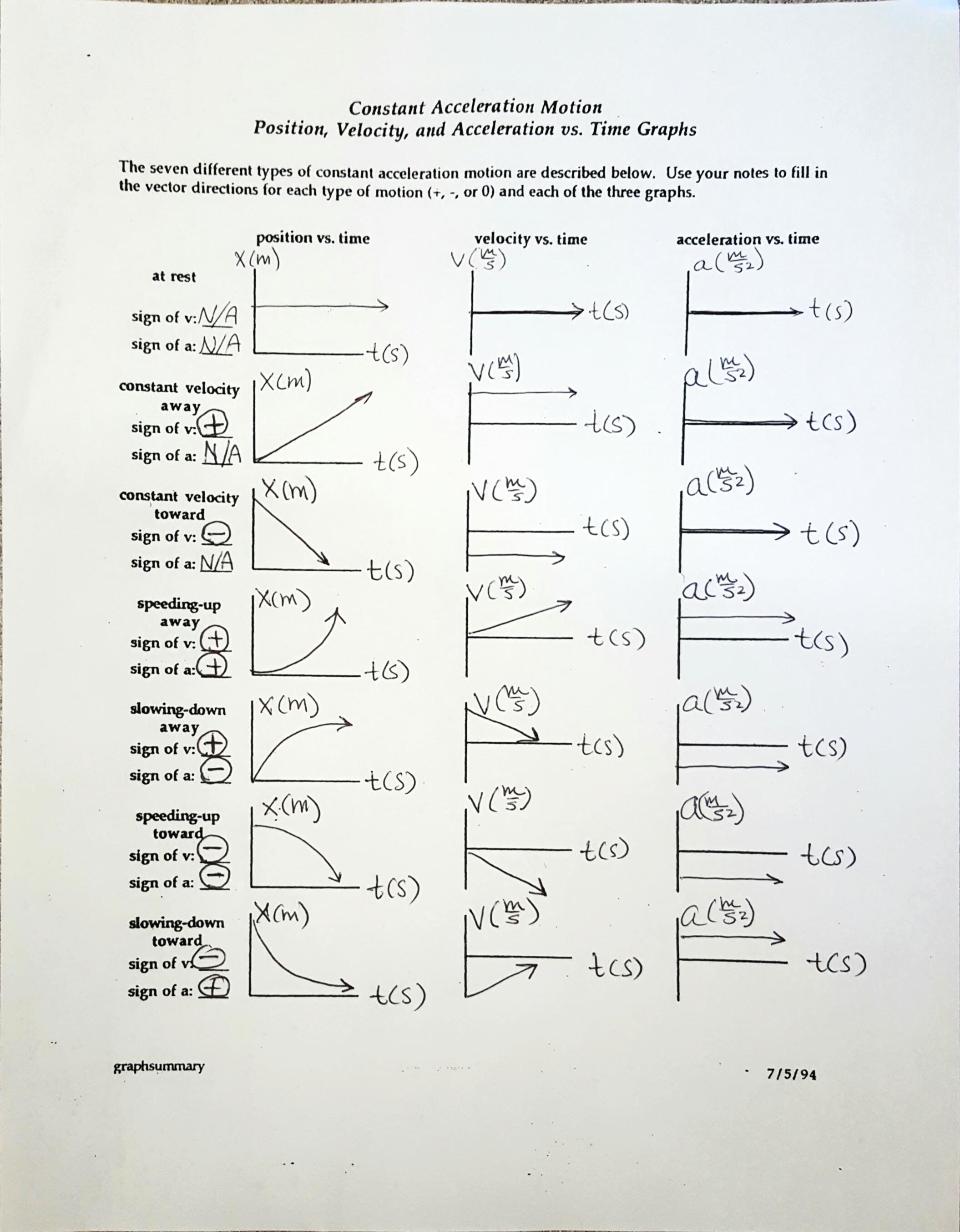


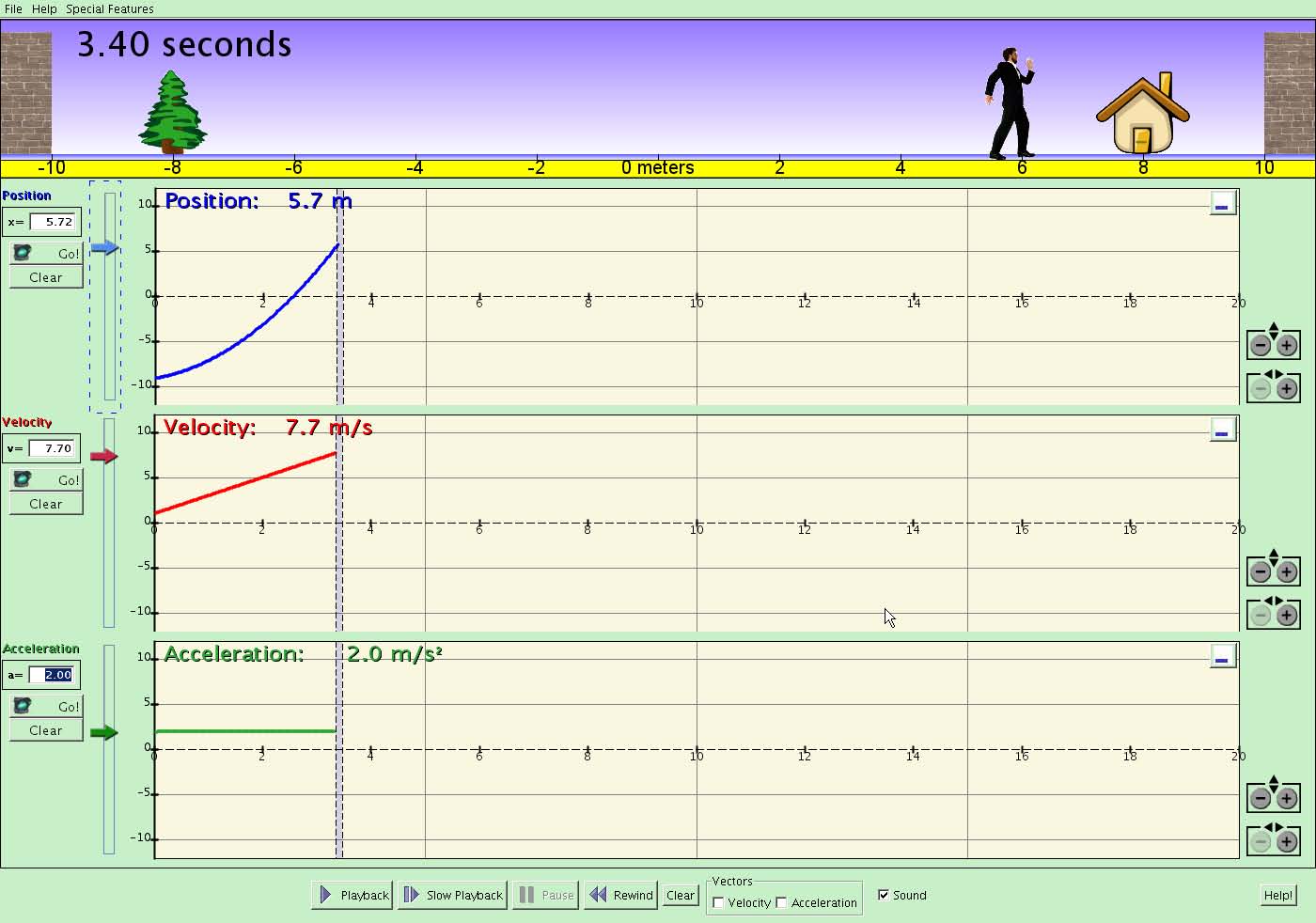
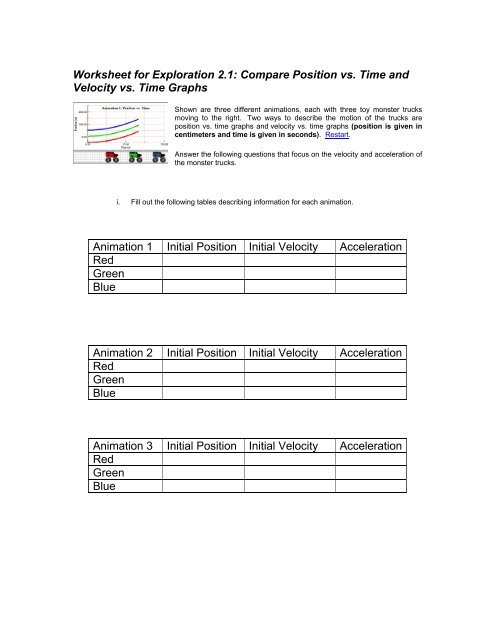

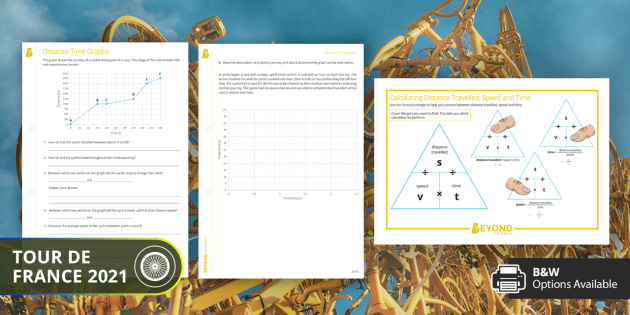
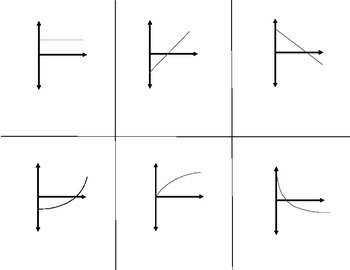




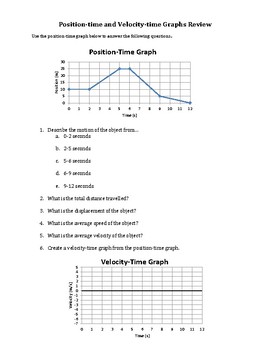


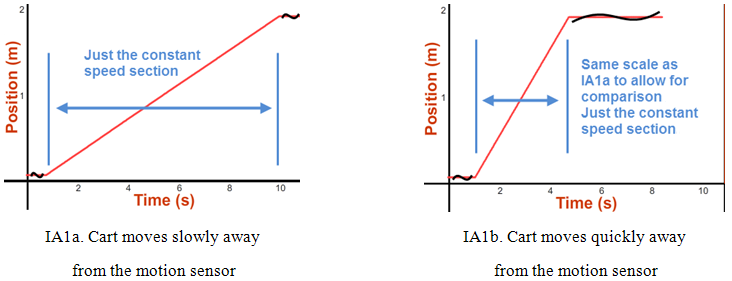
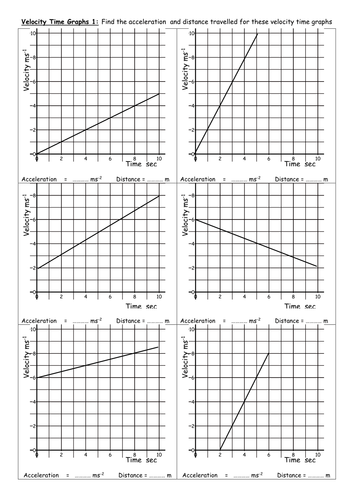

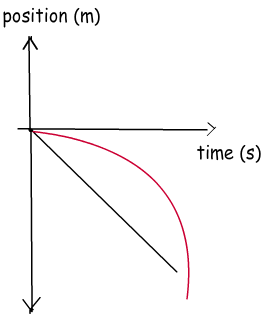


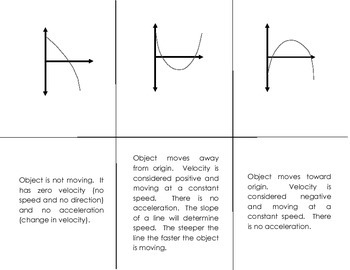
0 Response to "39 describing motion with position time graphs worksheet answers"
Post a Comment